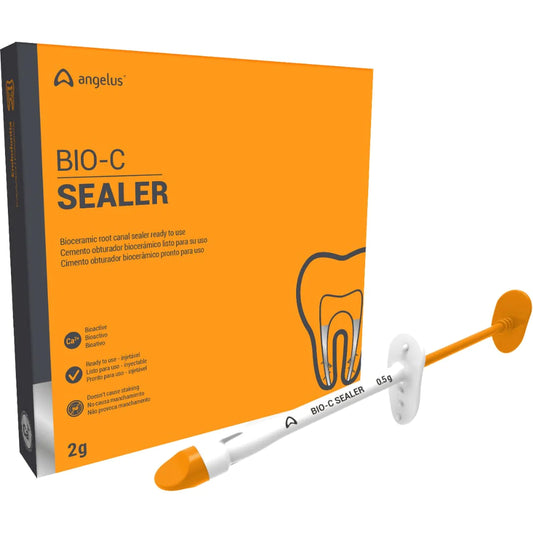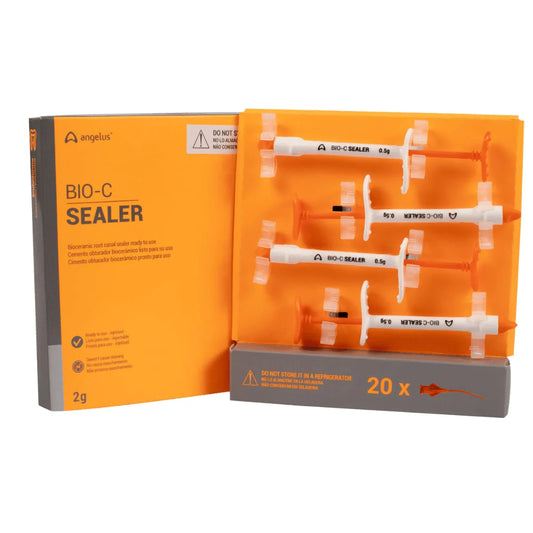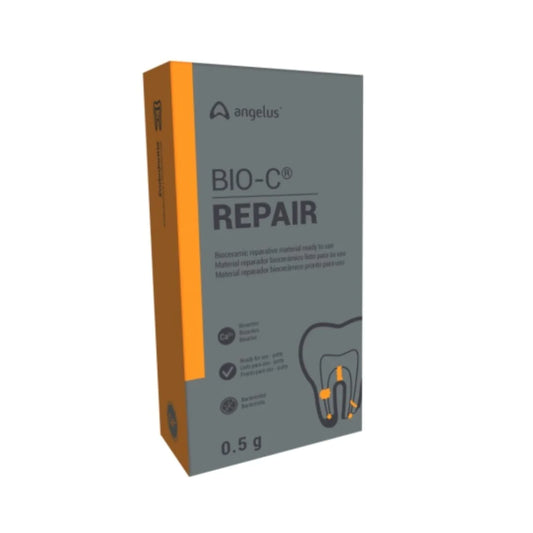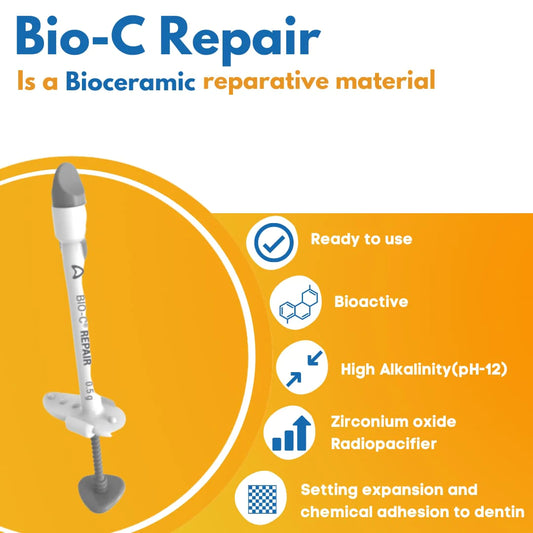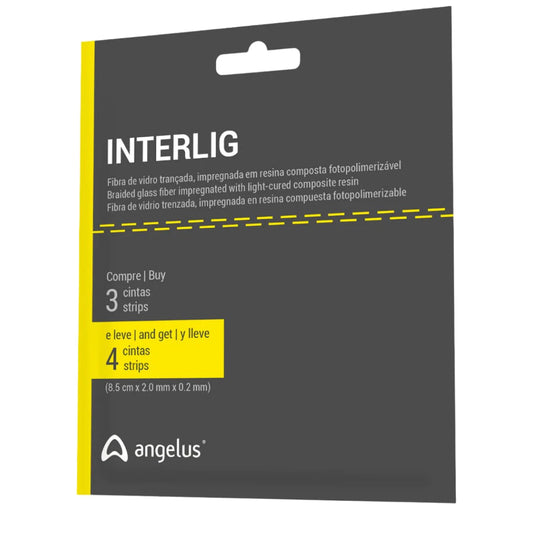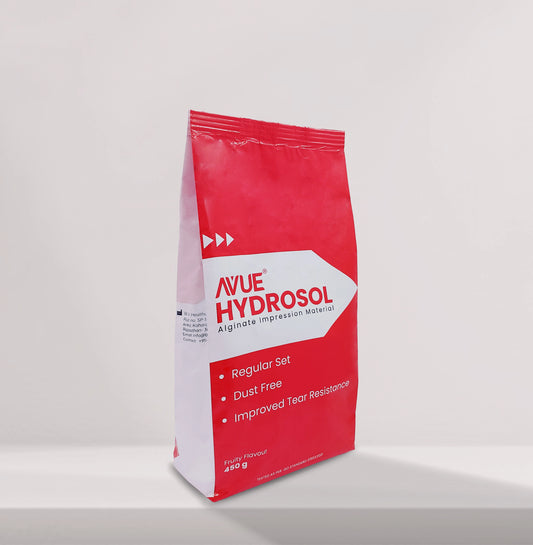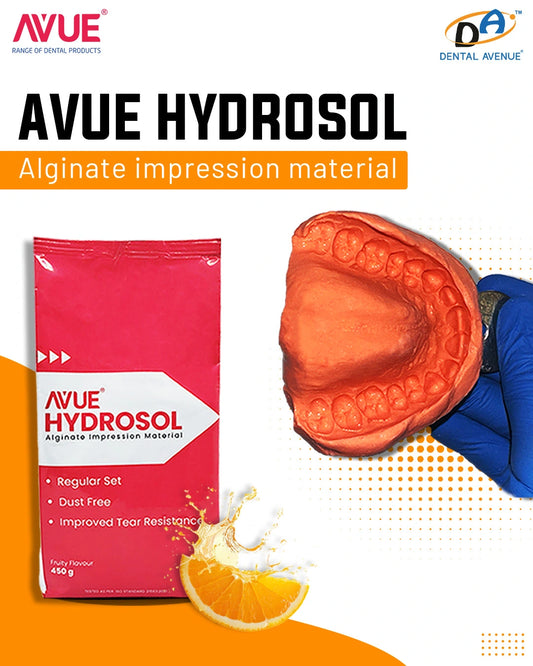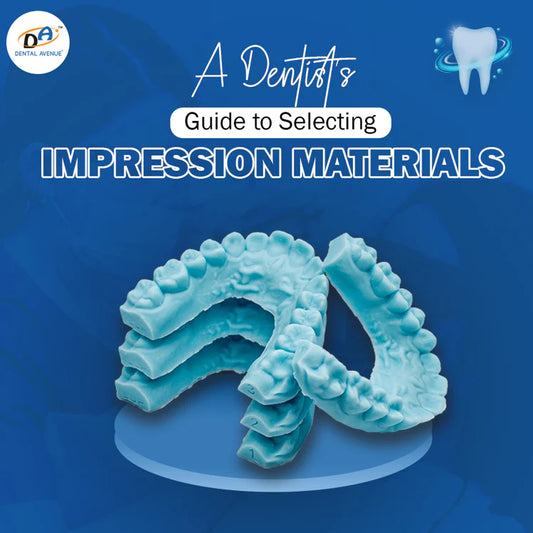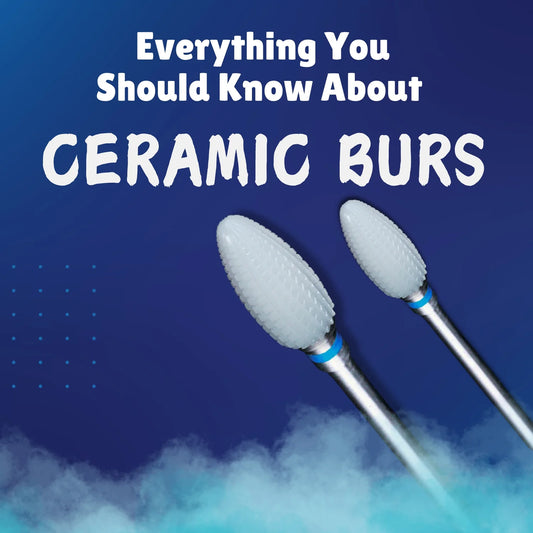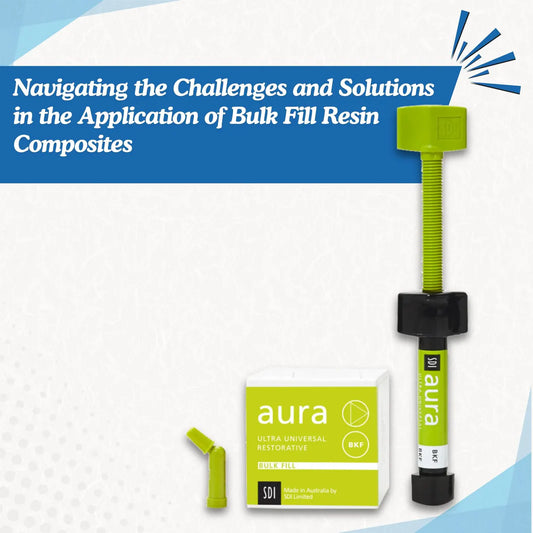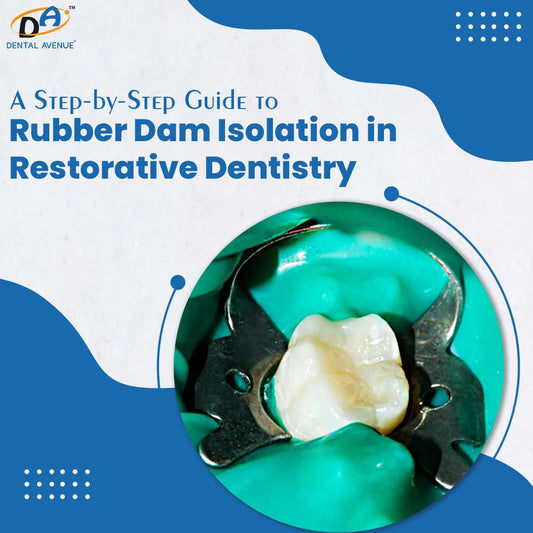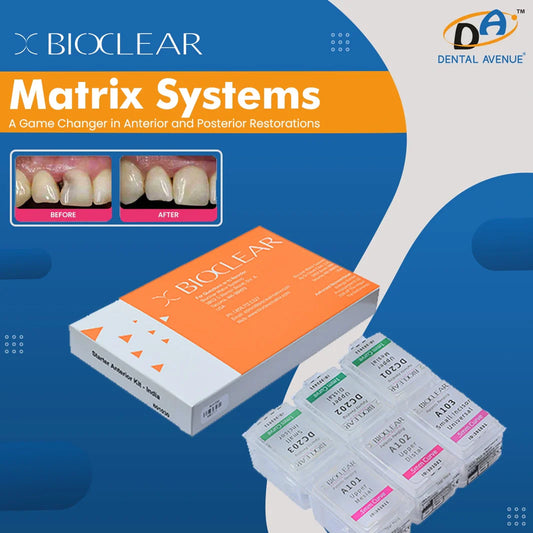Table of Contents:
Introduction
What is a Diamond burs used for?
Types of Diamond Burs
What are the Advantages of Using Diamond Burs in Dentistry Services?
Applications of Diamond Burs in Dentistry
Tips for Choosing the Right Diamond Bur
Conclusion
FAQs
In Dentistry, apart from dental products and materials, tools and instruments play an important role in procedural efficiency and can significantly impact the patient's treatment outcomes. Among various armamentariums, dental burs holds a significant place in dental practice. Diamond burs are known for their versatility and effectiveness, these burs can be used in a variety of applications ranging from cavity preparations, and crown cutting to aesthetic enhancements. This article discusses the purpose of the uses, applications, types and advantages of diamond burs and tips for the right selection.
What is a Diamond bur used for?
A diamond bur is a rotary cutting instrument made up of a stainless steel body with fine diamond powder on its head used in various dental procedures. These burs are designed to cut, grind, shape and polish the hard dental surface and tissues like enamel and dentine. They are also used to remove hard metal restorations. Their precision, durability and being economical make them ideal for cavity preparation, shaping & finishing, and crown preparation burs.
Types of Diamond Burs
Diamond burs come in different shapes, grits & sizes, each has its specific features
According to the shank:
- Long shank: Compatible with straight handpiece, designed for low-speed rotary handpiece
- Short shank: Designed for contra-angle slow speed handpiece, also a latch type design
- Friction grip: The most widely used diamond burs, the FG shank is suitable for high-speed burs.
According to the coarseness and grits:
- Fine grits: Offers a smooth and excellent finish, particle size is smaller than coarse grits, size of fine and extra fine diamond burs are 60-74um and 38-44 um.
- Coarse grits: These burs are used for gross tooth cutting and reductions, grit sizes can change from medium-coarse to high and extra high. The size of coarse burs is 125-150 um and for medium 88-125um.
According to shape:
- Round diamond head: A spherical head design is used for initial entry for restoration, the extension of the cavity and removal of caries.
- Inverted cone: They have tapered cones with inverted apex, used mainly for cavity design preparation specific for undercuts and tooth angulation
- Pear shaped: It can be tapered or flat, used mainly for the undercuts in cavity design for retention and resistance of filling material
- Straight fissure: Used mainly for amalgam cavity preparation
- Tapered fissure: Used mainly for crown or inlay preparation, helps in providing excellent shoulder to crowns.
- Flame-shaped: Its unique design helps in finishing of composite
- Wheel shaped: Used for occlusal reduction, incisal reduction
What are the Advantages of Using Diamond Burs in Dentistry Services?
Diamond burs offers several advantages and makes them the preferred choice among dental practitioners:
- Efficiency: Diamond burs quickly cut the hard tissues like enamel and dentine, which helps in reducing the chair side time.
- Precision: Finer diamond particles allow exceptional control, thus enabling the dentist to work with accuracy.
- Versatility: With different shapes, sizes and grits to choose from, normal and end-cutting diamond burs can be utilised for various applications.
- Durability: Diamond burs last longer as compared to other burs and they are more cost-efficient.
Applications of Diamond Burs in Dentistry:
Diamond burs have become an integral part of dental procedures and have multiple applications:
- Cavity preparation: these burs are crucial for the removal of a carious portion from the tooth structure and the shaping of the tooth structure.
- Crown preparation: Diamond burs are helpful in crown-cutting procedures due to their various shapes and sizes.
- Cosmetic dentistry: Finer grit sizes are used for trimming and finishing dental restorations, which helps dentists achieve detailed adjustments.
- Endodontics: Various diamond burs based on their shapes are used for different procedures like access opening and cavity wall preparation.
Tips for Choosing the Right Diamond Bur:
The selection of diamond burs depends on various considerations:
- Procedure type: Different procedures require burs according to the grit and shapes of the burs, evaluation should be done properly for a smoother experience for both dental practitioner and patient.
- Grit size: dental burs come in different grit sizes like coarse, medium and fine grits. Coarser is for rapid cutting while finer is for polishing.
- Shape and size: different shapes and sizes are available for specific purposes, some burs are for intricate work, while others are for general procedure.
- Compatibility: different diamond burs are compatible with different types of dental handpieces.
Conclusion
Over time, diamond burs evolved and became essential tools in dentistry by providing unmatched efficiency, versatility and precision. By understanding the concepts and the types of diamond burs and their applications, one can improve their practice and provide superior care to patients. Careful selection and the right understanding are the keys to achieving the best outcomes.
FAQs
Q. How are diamond burs different from carbide burs?
Both diamond and carbide burs have distinctive features yet have the same functions. Diamond burs are coated with fine diamond particles or powder embedded on the head of the bur, whereas carbide burs are made up of tungsten carbide.
Q. What shapes of diamond burs are most common?
The most common types of diamond burs are round, flat end, tapered and pear-shaped. Each shape serves specific functions, allowing dentists to work precisely.
Q. Are diamond burs used in all dental procedures?
Diamond burs can be used in majority of the dental procedures, as they produce more heat while cutting so it is avoidable to some extent and carbide burs can be used instead of diamond burs.
Q. Can diamond burs be reused?
Diamond burs come in single and multiple uses. One can determine the usage of burs depending on the wear and tear process.

